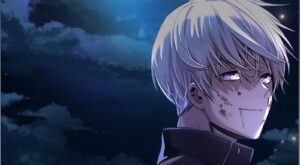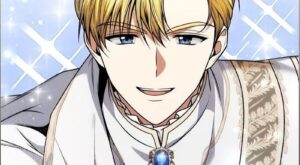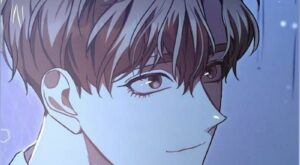Kazuichi Hanawa: Exploring the Early Years of Ero-Guro Manga

Discover the early career of Kazuichi Hanawa, a Japanese mangaka known for his influential and visually captivating artwork in horror and mature-themed manga. Explore the unique blend of erotic grotesque and traditional horror tales, showcasing Hanawa’s immense artistic talent.
Exploring the Early Years of Ero-Guro Manga
Discover the early career of Kazuichi Hanawa, a Japanese mangaka known for his influential and visually captivating artwork in horror and mature-themed manga. Explore the unique blend of erotic grotesque and traditional horror tales, showcasing Hanawa’s immense artistic talent.

( Credit to: Asianmoviepulse )
The Artistic Brilliance of Kazuichi Hanawa
Kazuichi Hanawa’s immense artistic talent shines through in his early works of ero-guro manga. With a career spanning back to the early 1970s, Hanawa’s collection, “The Early Years,” showcases his visually captivating artwork in horror and mature-themed manga.
Hanawa’s artwork exhibits an incredible level of detail, drawing comparisons to early Ukiyo-e prints, a traditional woodblock print style. His full-page illustrations reflect chimidor-e or muzan-e, blood-stained pictures depicting true crime or war atrocities. The mix of classic and contemporary elements creates a visually pleasing amalgamation, suggesting that Hanawa may have influenced iconic creators like Suehiro Maruo.
Regardless of one’s personal connection with Hanawa’s stories, it is difficult to deny his immense artistic talent. The quality of the tales takes a backseat to the artwork in many respects. Certain panels in Hanawa’s work are visually captivating, leaving a lasting impression on readers.
The Duality of Hanawa’s Stories
Hanawa’s collection, “The Early Years,” delves into the duality of his storytelling. The initial chapters explore stories of sexual deviancy presented in a nauseating fashion, framed as a parody of militarism and Japanese culture at the time. While some may find the content offensive, hidden within the filth lies some of the most visually captivating artwork within its respective genres.
In a significant tonal shift, the later chapters of Hanawa’s collection explore traditional horror tales centered around Yokai, or Japanese monsters, with minimal nudity or sexual deviancy. This shift offers a fascinating glimpse into the early, varied career of Hanawa and showcases his ability to delve into different genres.
The collection’s structure, with the first section focusing on erotic grotesque tales and the latter on horror, may leave readers wondering where the appeal lies. However, both genres have their own dedicated fan bases, and Hanawa’s unique blend of erotic grotesque and horror offers something for fans of both genres.
The Evolution of Ero-Guro Manga
The early erotic-focused segments of Hanawa’s collection may feel limited in comparison to the evolution of the Ero-guro genre over the years. Mangakas like Suehiro Maruo and Shintaro Kago have elevated the genre into something more absurd and surreal. In comparison, Hanawa’s fixation on subjects such as coprophilia seems immature and anachronistic.
However, the later portion of Hanawa’s collection, with its transition into horror and grim folktales, provides a much-needed reprieve from the sexually explicit material of the first half. With limited work available, it is easy to envision a collection of Hanawa’s monster stories gaining praise for both its visuals and narrative.
Hanawa’s Impact and Legacy
Kazuichi Hanawa’s early work in ero-guro manga may be divisive, but it cannot be denied that his immense artistic talent and unique perspective have left an impact on the world of horror and mature-themed manga. His visually captivating artwork and ability to delve into different genres showcase his versatility as a mangaka.
While some may find the content offensive or revolting, Hanawa’s art style is bound to entertain fans of both horror and the erotic grotesque. Regardless of one’s personal connection with Hanawa’s stories, his early works deserve further exploration for connoisseurs of these respective genres.
Whether one appreciates the early erotic grotesque tales or prefers the later horror and folktales, Kazuichi Hanawa’s early years in manga provide a fascinating glimpse into his artistic brilliance and the evolving landscape of ero-guro manga.




